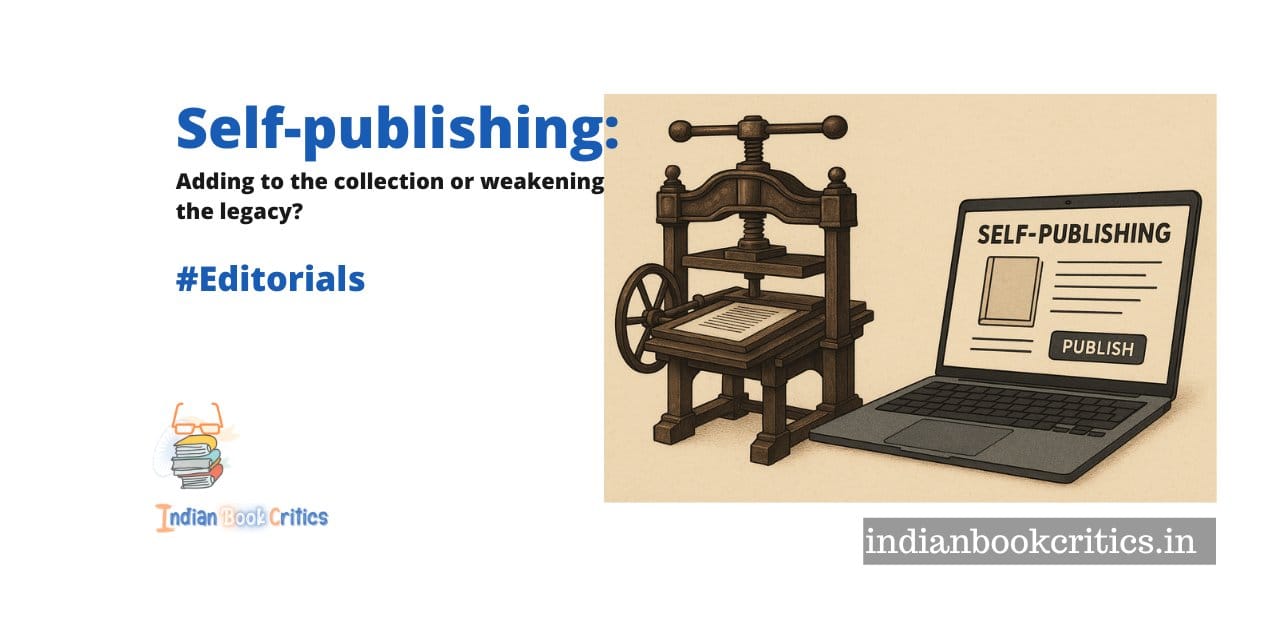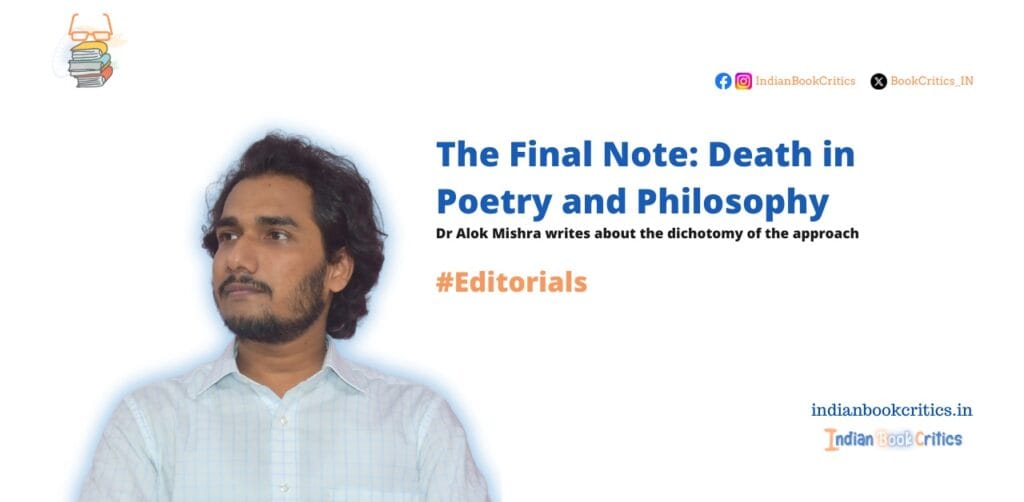The rise of self-publishing has irrevocably altered the literary world, dismantling long-standing barriers between authors and readers. Digital platforms like Amazon Kindle Direct Publishing (KDP), IngramSpark, and Lulu have democratized access, enabling writers to bypass traditional gatekeepers and bring their work directly to the public. Yet, this seismic shift has ignited fierce debate: Has self-publishing, particularly through vanity presses, eroded the perceived quality of contemporary literature? Or does it represent a vital expansion of creative freedom and diversity in storytelling?
This editorial examines the multifaceted impact of self-publishing, weighing its democratizing potential against concerns over quality control, market saturation, and predatory practices. Drawing on industry data, academic research, and real-world case studies, we present a balanced yet incisive analysis of how self-publishing reshapes literature, for better and worse.
The Self-Publishing Boom: A Paradigm Shift in Publishing
Self-publishing is not new—authors from Jane Austen to Marcel Proust have historically financed their own works—but the digital revolution has supercharged its reach and profitability. According to Bowker, the number of self-published titles in the U.S. surged from 1.2 million in 2017 to over 1.6 million by 2022. Amazon KDP distributed $540 million in royalties to self-published authors in 2023.
Unlike traditional publishing, where houses invest in editing, design, and marketing, self-publishing places these burdens squarely on authors. This shift has lowered barriers to entry, allowing marginalised voices—often overlooked by mainstream publishers—to find audiences. Genres like romance, sci-fi, and fantasy have particularly thrived; in 2014, 17 of the top 40 Kindle Store science fiction bestsellers were self-published.
However, this accessibility comes at a cost. Vanity publishers, frequently conflated with legitimate self-publishing, exploit aspiring authors by charging exorbitant fees (ranging from 1,000to10,000) while providing minimal editorial or marketing support. These operations often publish nearly any manuscript for a price, flooding the market with poorly edited, low-quality books that contribute to self-publishing’s mixed reputation.
The Reputation of Contemporary Literature: Has Quality Suffered?
Critics argue that self-publishing, particularly when facilitated by unscrupulous vanity presses, dilutes literary standards. Traditional publishers have long served as curators of quality, subjecting manuscripts to rigorous editorial scrutiny. In contrast, self-publishing’s open-door policy allows unvetted works to proliferate, leading to concerns about market saturation and declining reader trust.
A 2019 study in the International Journal of the Economics of Business found that self-published books often struggle commercially due to authors’ lack of bargaining power and marketing expertise, reinforcing perceptions of inferior quality. The academic world has also voiced scepticism; a 2016 Publishing Research Quarterly article warned that vanity presses often bypass peer review, potentially damaging scholars’ reputations.
Even in commercial fiction, self-published works face hurdles. In 2014, only one of the top 20 Kindle Store bestsellers in literary fiction was self-published, compared to a stronger representation in genre fiction. Additionally, the pricing strategies of self-published authors—often listing books at 0.99 to 4.99— can inadvertently signal lower prestige to discerning readers.
The Case for Self-Publishing: Empowerment and Innovation
Despite these challenges, self-publishing offers undeniable advantages. Authors retain full creative control and earn higher royalties (10% to 50% per sale, versus 1.5% to 5% in traditional publishing). Success stories abound: Andy Weir’s The Martian began as a self-published serial before becoming a bestseller and blockbuster film. Similarly, Fifty Shades of Grey initially gained traction as a self-published eBook before dominating global markets.
Self-publishing also fosters literary innovation. Writers experiment with serialised storytelling, interactive e-books, and AI-assisted editing, adapting to evolving reader preferences. A 2024 Forbes article highlighted how AI tools are streamlining production, making self-publishing more efficient than ever.
Crucially, self-publishing amplifies underrepresented voices. Traditional publishers often prioritise commercially safe bets, sidelining niche or unconventional narratives. Self-publishing allows marginalised authors—whether writing LGBTQ+ romance, Afro-futurism, or Indigenous folklore—to connect directly with audiences. Initiatives like Books Abroad (2024) demonstrate how self-publishing can facilitate cross-cultural literary exchange, enriching global storytelling.
Vanity Publishers: Predatory Practices and Author Exploitation
Not all self-publishing is created equal. Unlike reputable platforms like KDP, Vanity publishers operate on a pay-to-publish model, profiting from author fees rather than book sales. Many provide substandard editing, negligible marketing, and illusory distribution promises.
A 2023 study in Lensa: Kajian Kebahasaan, Kesusastraan, dan Budaya documented cases of fraudulent vanity publishers. Authors lost thousands of dollars for poorly printed books and broken promises. Worse, some contracts strip authors of their rights, preventing future republication.
A particularly harrowing example comes from a 2022 Literary Hub exposé, in which a 17-year-old author paid $3,500 to a vanity press, only to receive badly edited copies and no marketing support. When the publisher went bankrupt, she was left with 500 unsellable books—a cautionary tale for aspiring writers.
The Future of Self-Publishing: Solutions and Sustainability
The long-term impact of self-publishing hinges on addressing its structural flaws. Key challenges include:
Market Concentration—A 2022 Publishing Research Quarterly study found that oligopolistic book distribution networks favour traditional publishers, limiting the visibility of self-published authors.
Quality Assurance – Initiatives like the Alliance of Independent Authors (ALLi) help writers avoid predatory publishers and maintain professional standards.
Hybrid Publishing Models—Some firms now combine traditional curation with author-funded flexibility, producing books that are indistinguishable from mainstream releases.
Conclusion: A Literary Evolution, Not a Decline
Self-publishing has not inherently damaged contemporary literature but has exposed systemic vulnerabilities. While vanity presses and unvetted works risk eroding literary prestige, the empowerment of diverse voices and innovative formats undeniably enriches the cultural landscape. Though the arguments against the very tenet of self-publishing hold merit, the fundamental nature of self-publishing might be seen as a revolution by ‘deserving authors’ instead of a sneak-into by the underserving.
The path forward requires greater author education, industry transparency, and reader discernment. Rather than rejecting self-publishing outright, the literary community must harness its potential while mitigating its pitfalls. As scholar Katherine Bode argues, literary value is inextricably linked to commercial systems, and self-publishing is now a vital part of that ecosystem.
By fostering higher standards, ethical publishing practices, and broader accessibility, we can ensure that self-publishing evolves into a force for literary democratisation, not dilution. The future of books depends not on gatekeepers but on readers, writers, and innovators working together to uphold both quality and inclusivity in storytelling.
Vyom for Indian Book Critics




